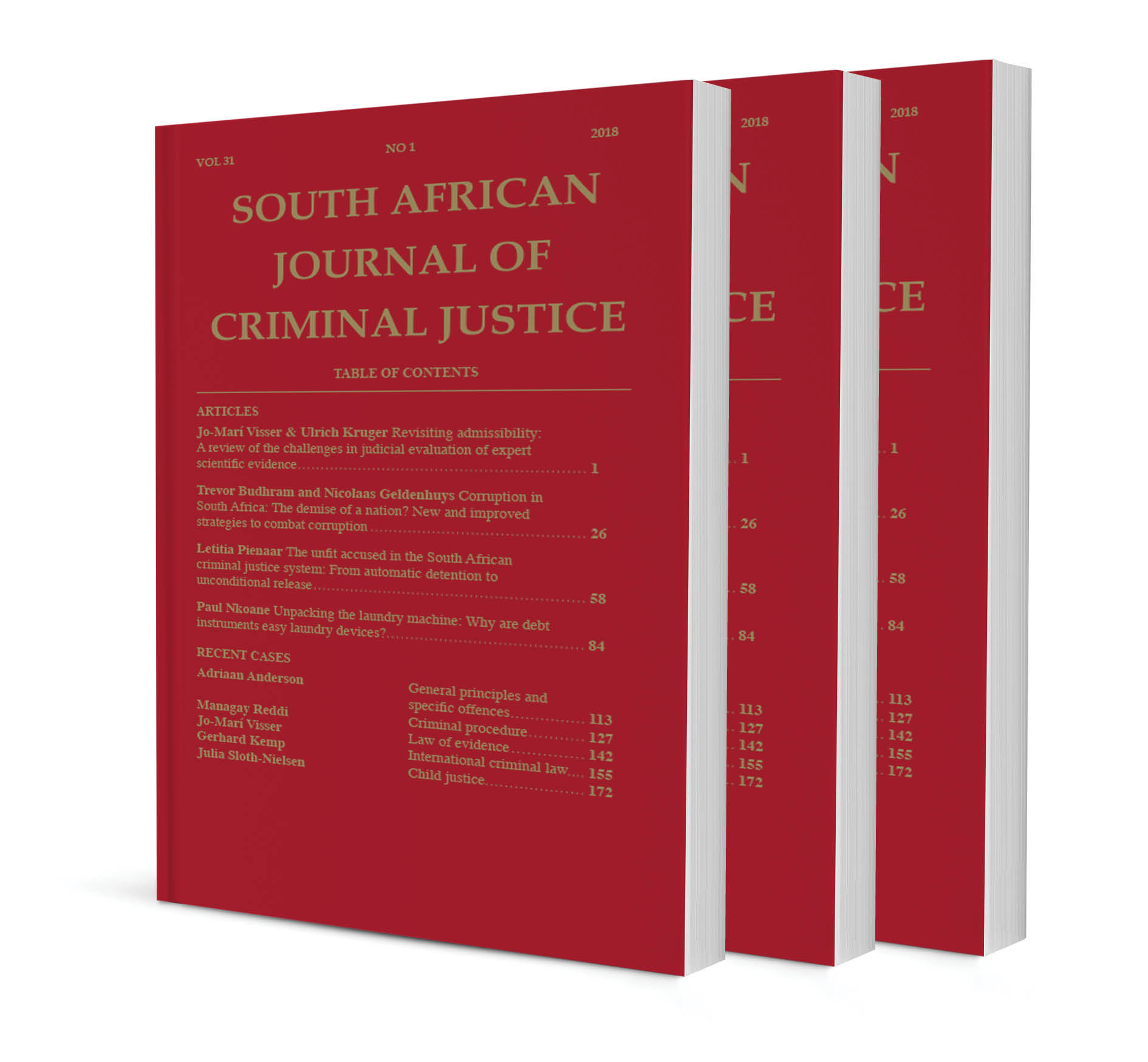The ambit and purpose of the crime of public violence

The ambit and purpose of the crime of public violence
Author: Shannon Hoctor
ISSN: 1996-2118
Affiliations: BA LLB LLM (UCT) DJuris (Leiden) PG Dip (Latin) (Wales Trinity Saint David); Professor, Department of Public Law, Faculty of Law, Stellenbosch University
Source: South African Journal of Criminal Justice, Volume 37 Issue 3, p. 289-312
https://doi.org/10.47348/SACJ/v37/i3a1
Abstract
The roots of the crime of public violence may be found in Roman law, but the modern South African crime has developed through case law, principally based on the definition of the crime found in the works of the Roman-Dutch institutional writer Van der Linden. While there is wide agreement regarding the elements of the crime, the content of such elements is not always very clear and is subject to the qualifying element of the crime: that the conduct should assume serious dimensions. It is contended that the crime may be committed by means of force rather than violence and that this can occur in the context of either the disturbance of peace and security or the invasion of the rights of others. Moreover, it is pointed out that the structure of the crime incorporates the common purpose doctrine, where liability is based on the accused’s conduct in associating himself or herself with the crime being committed, rather than personally committing the unlawful conduct. The implications of these aspects are explored in the context of the application of the crime of public violence to unlawful protest actions.